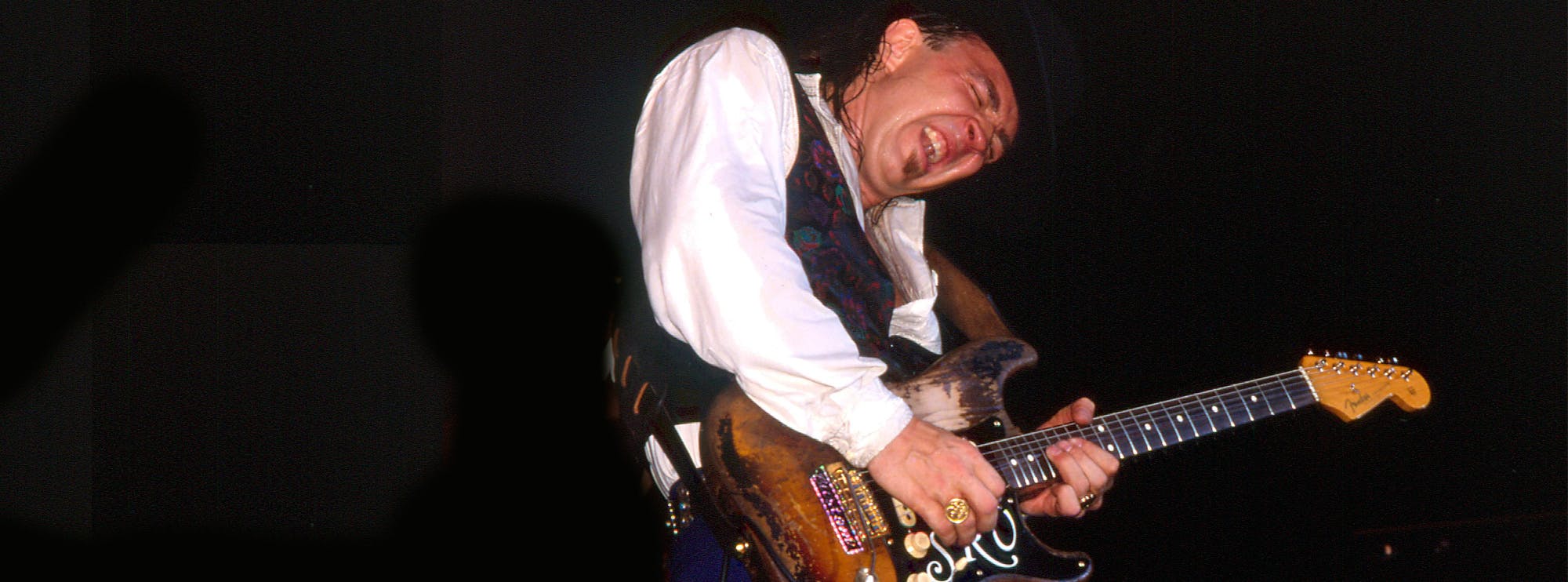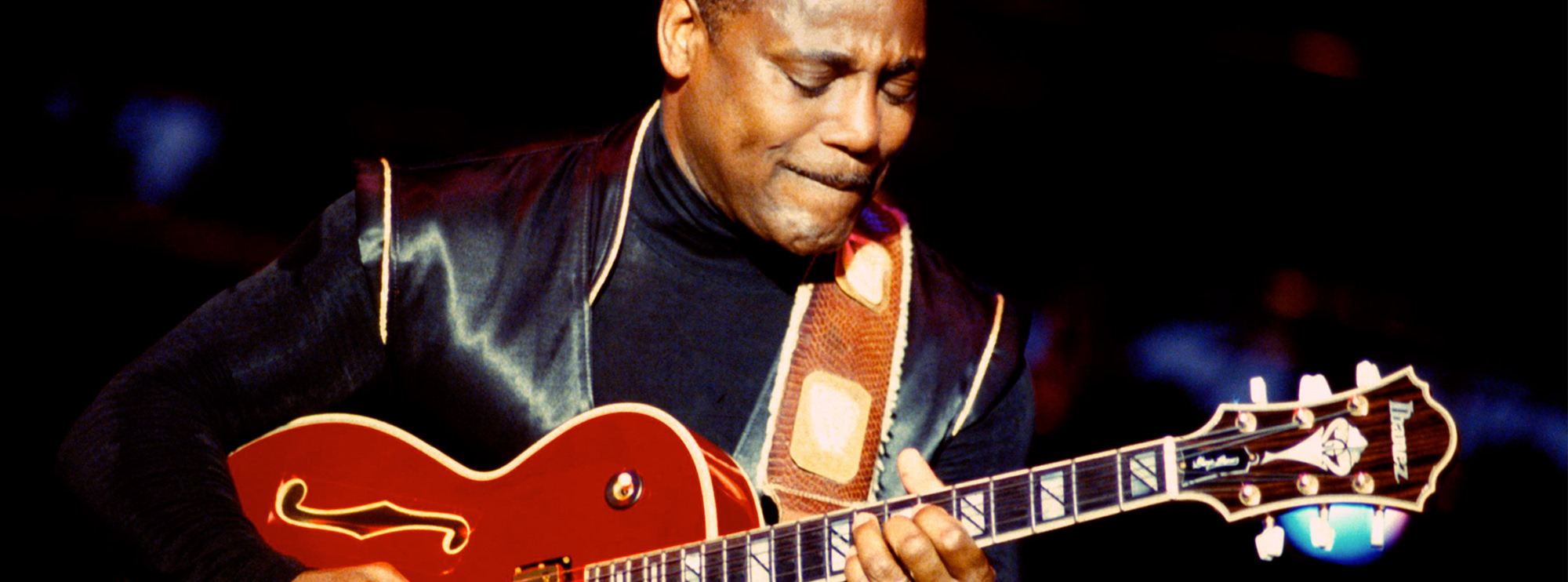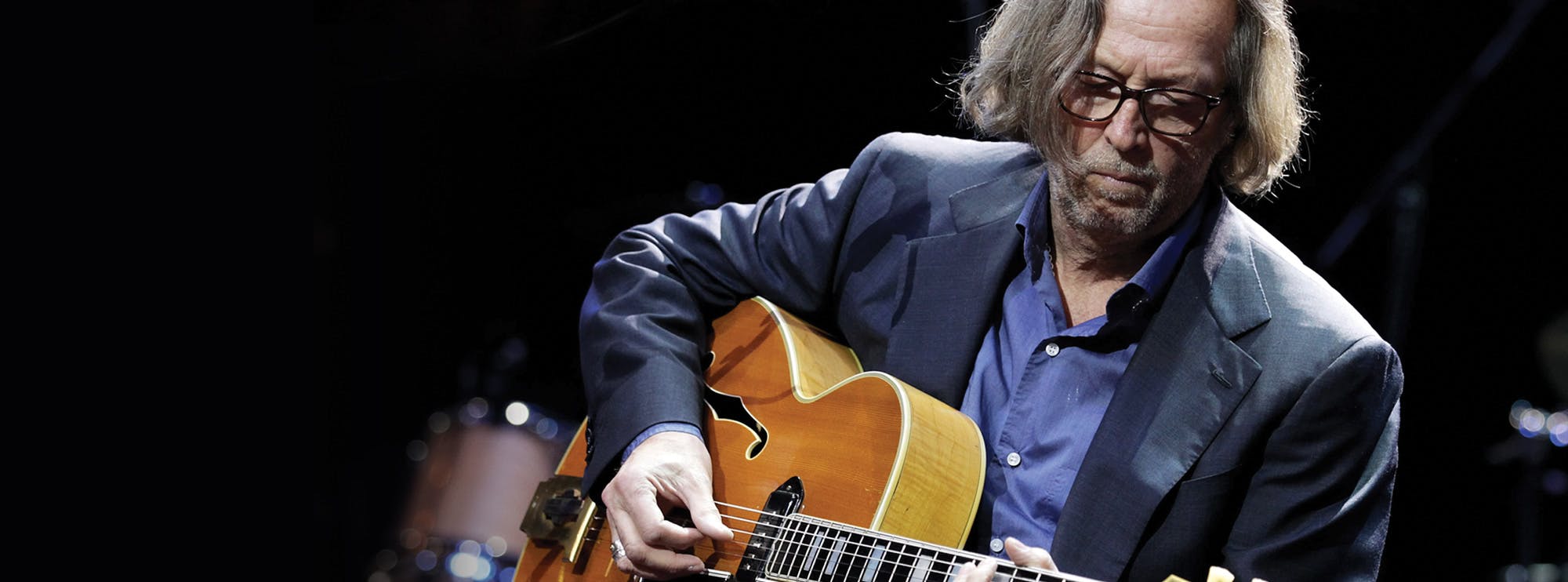"What's Next to the Moon" by AC/DC
In this guitar lesson, Danny Gill dives into the iconic AC/DC song "What's Next to the Moon" from their album 'Powerage.' This track is a prime example of Angus Young's electrifying guitar style and is a must-know for any rock guitarist. We'll explore the chords, scales, and guitar solo in detail while discussing Angus Young's legendary guitar playing. Let's rock!
Chords Used
The main chords in this song are straightforward power chords that give it its gritty and energetic sound. Here are the primary chords used:
- E5: 7th fret on the A string.
- G5: 10th fret on the A string.
- A5: 12th fret on the A string.
- B5: 2nd fret on the A string.
These power chords form the backbone of the song and are played with a heavy and driving rhythm.
Guitar Solo Analysis
Angus Young's guitar solo in "What's Next to the Moon" is a masterclass in rock guitar. It's a high-energy, blistering solo that perfectly complements the song's raw power. Let's break down some of the key elements of the solo:
- Alternate Picking: Angus Young employs precise alternate picking to achieve his lightning-fast runs. This technique adds to the song's intensity, keeping it tight and aggressive.
- Bends and Vibrato: The solo is filled with expressive bends and vibrato, giving it a vocal quality. Angus uses these techniques to infuse emotion and character into his playing.
- Double Stop Bends: Throughout the solo, Angus Young employs double stop bends to create harmonically rich phrases. This adds depth and complexity to his solos
- Pinched Harmonics: Angus Young occasionally uses pinched harmonics to produce squealing, high-pitched notes that cut through the mix. It's a signature move in his arsenal.
- Trills and Legato: You'll notice trills and legato techniques in Angus Young's playing, contributing to the fluidity and speed of his solo.
- Dive Bombs: Angus Young ends the solo with a classic dive bomb, using the whammy bar to create a dramatic and intense conclusion.
Angus Young's Playing
Angus Young, the lead guitarist of AC/DC, is renowned for his high-energy stage presence and distinctive guitar style. His playing is characterised by:
- Power Chords: Angus Young's rhythm guitar playing relies heavily on power chords, producing a massive and aggressive sound.
- Stage Presence: He's known for his schoolboy outfit and his electrifying stage presence, which includes his signature duckwalk.
- Blues Influence: Angus's guitar style is deeply rooted in the blues, and he often incorporates bluesy bends and phrasing into his solos.
- Raw Energy: His playing exudes raw energy, and he can sustain long notes and chords with exceptional control.
- Minimalist Approach: Angus Young's solos are often straightforward but incredibly effective. He focuses on melody and feel rather than complex techniques.
Guitar Techniques Used in "What's Next to the Moon"
Here's a list of the guitar techniques used in "What's Next to the Moon":
- Alternate Picking
- Legato
- Double Stop Bends
- Unison Bends
- Pinched Harmonics
- Trills
- Power Chords
- Palm Muting
- Slides
These techniques, combined with Angus Young's unique playing style, are what make "What's Next to the Moon" a classic in the world of rock guitar.
In conclusion, "What's Next to the Moon" by AC/DC is a powerhouse of a song that showcases Angus Young's exceptional guitar skills. The chords, scales, and guitar solo provide a perfect playground for aspiring rock guitarists to study and master essential techniques. By delving into this track, you'll not only learn valuable guitar skills but also experience the timeless magic of AC/DC's music. So, pick up your guitar, crank up the amp, and let the rock 'n' roll flow through your fingers!

About The Tutor
Tutor Profile
Danny Gill
Danny Gill is, without a doubt, the most loved tutor by our community. With an incredible array of DVDs and web lessons for LickLibrary covering a wide variety of topics all of which he covers with incredible detail, it's no wonder he carries as much respect as he does. As...




